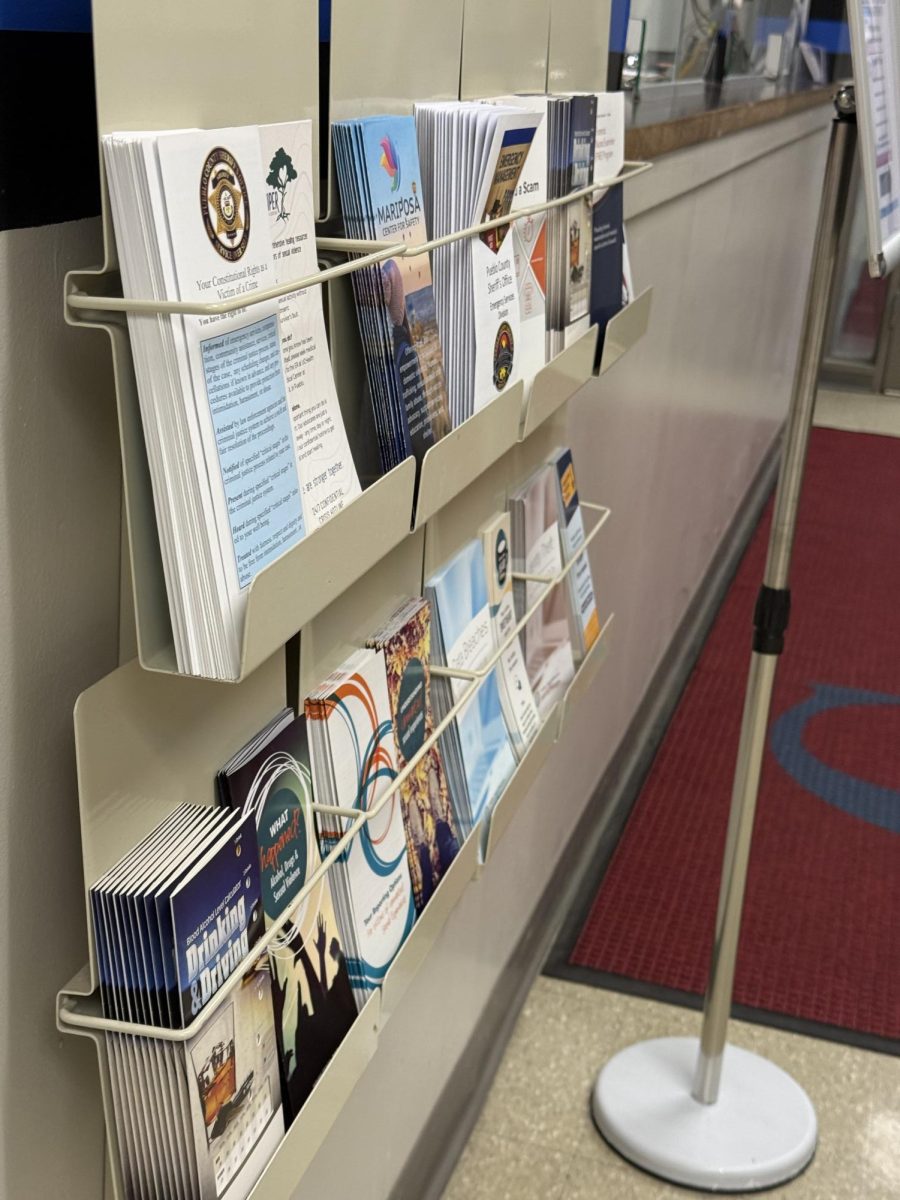
One major selling point of Colorado State University-Pueblo in the past few years has been its safety, and this year, crimes have reduced in several categories.
Four years ago, CSU-Pueblo ranked as one of the safest Colorado university campuses in six of seven categories in a study done by the Durango Herald newspaper that used research compiled from the previous 10 years to compare the safety and crime rates of universities statewide.
Craig Cason, associate vice president of Facilities Management for CSU-Pueblo, explained that the six categories the campus scored safest in were drug arrests per 1,000 students, forced sexual assault, burglary, weapons possession, aggravated assaults and arson.
CSU-Pueblo ranked second in the seventh category, liquor violations. According to statistics from the 2015 Clery Report, the liquor violation category still holds the largest number of crimes on campus.
CSU-Pueblo is not aware of any other studies regarding overall campus safety in comparison with other campuses that have been done in the years since the 2012 Durango Herald study. But the overall safety and crime levels can still be determined since crime statistics are compiled yearly and must be reported and made available as part of the federal Clery Act of 1990.
“Our office and safety team looks at current events, trends and incidents on campus to determine what area we need to focus on,” said Lt. David Clements of the Pueblo County Sheriff’s Office on campus. “Our deputies are seasoned officers who have dealt with a wide variety of issues while on patrol that gives them the experience and expertise to handle any problem that may arise.”
Since that 2012 study, crime statistics on the CSU-Pueblo campus have improved in multiple categories. According to the 2015 Clery Report, from 2012 to 2014, crime statistics on campus went down in arrests for violation of liquor laws, arrests for violation of drug laws, burglary and domestic violence.
“I am proud to say that campus safety improves all the time. Our safety team works hard on addressing issues when they happen and before others occur,” Clements said.
However, the 2015 Clery Report also shows that from 2012 to 2014, crime statistics on campus went up slightly in forcible sex offenses, dating violence and the referrals for disciplinary action for liquor and drug violations.
“Irresponsible alcohol consumption plays a major obstacle to safety on most college campuses. Alcohol consumption reduces an individual’s ability to make sound decisions. The greater the consumption, the greater the risk of making a bad decision,” Cason said.
There are multiple campus health and safety resources offered to students like the Health Education and Prevention Program and counseling services to help any students navigate substance abuse issues.
Educational programs regarding campus safety and issues are also available to students, such as programs including alcohol and drug awareness, DUI awareness, sexual assault awareness, bystander intervention training, domestic violence and dating violence awareness, parent orientation safety sessions and elements of the new student orientation.
“The Pueblo County Sheriff’s Office at CSU-Pueblo participates in programs aimed at crime prevention and the community philosophy to educate the campus community regarding crime prevention, alcohol use and illegal drugs,” Cason said.
In addition to keeping track of and prevent crime on campus, the Pueblo County Sheriff’s Office also tries to avert events and crime outside of the campus from having impact and influence on the campus through effective communication.
“The Pueblo County Sheriff’s Office at CSU-Pueblo has created a strong ‘social network’ across the campus community. With improved communication, both with members on campus and with the community, potential negative activity can be addressed before it occurs,” Cason explained.
The students and other faculty members can play a role in this effort as well.
“Creating a positive, safe environment at Colorado State University-Pueblo is not the responsibility of the sheriff’s office, but takes the involvement of all across campus. A joint effort from everyone on campus can greatly reduce any negative influences from having an impact on campus,” he said.









